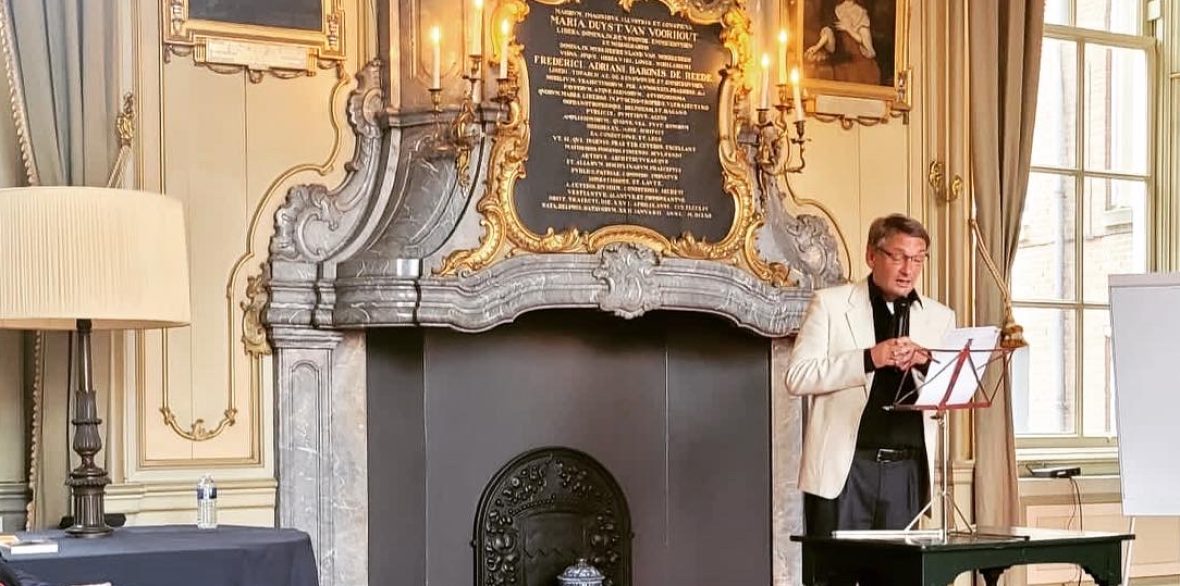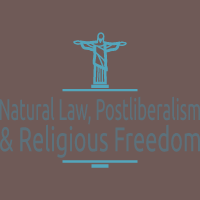Grateful to Dr. Stanley Carlson-Thies, the Founder and Senior Director of the Institutional Religious Freedom Alliance (IRFA), for generously including my recent book on Constitutionalism, Democracy and Religious Freedom, To Be Fully Human in this review of recent books on institutional religious freedom.
The whole review is worth reading, here follows just the passage on my book:
‘To find or create those better principles and practices, engaged citizens—emphatically including policymakers and government executives—should carefully study Hans-Martien ten Napel’s Constitutionalism, Democracy and Religious Freedom: To Be Fully Human. Here is a treatment of religious freedom and public policy that breaks free of the American predisposition to regard our society’s architecture as comprised only of individuals, government, and business, neglecting churches, faith-based organizations and the many other components of civil society, and that goes beyond our propensity to deal with diverse convictions mainly by (often very reluctantly) conceding exemptions to laws otherwise considered to justifiably demand uniformity.
Ten Napel, who teaches at Leiden University, is rooted in the Dutch Calvinist tradition–think Abraham Kuyper—and this gives him a deeply and affirmatively pluralist approach to the protection of religion and conscience in public policy. He is, further, a frequent participant in religious freedom conferences and research initiatives in the United States. This means that he writes into our less-thoroughly-pluralist framework, helping to illuminate shortcomings and to be able to suggest a more capacious framework and a broader set of tools and principles. Unusually for a discussion of these weighty topics, Ten Napel references throughout the book how engagement in those various conferences and research initiatives has led him to develop his thinking about government and diversity. Rather than being off-putting, though, this thread helps to make what are complex discussions more accessible to the reader.
Ten Napel’s book is illuminating precisely because he begins by accepting the fact of deep differences of worldview, both in concepts and in practices, and by assuming as the default for public policy the accommodation of diversity, rather than a striving for uniformity. This means giving full value to non-religious, along with religious, reasons not to go along with the public consensus and generally accepted laws. Also, especially, fully to accept that civil society—nonprofits, houses of worship, companies—is a major component of our lives and not to be ignored in considering how to achieve a unity that respects diversity. Remember: while government presses toward uniformity and acts by compulsion, civil society is the place for orderly, structured, institutionalized diversity achieved by voluntary, rather than coerced, action. In civil society, with its diverse options that accommodate varying preferences in employment, the provision of services and choices of products, you will find a school that fits your values even as I find one that matches mine. Diversity is here more readily accommodated than in the I win-you lose pattern that is the default of government action (although pluralist devices can make government rules more protective of diversity).
Achieving Os Guinness’s “civil public square” needs not only a strong commitment to freedom of conscience and religion coupled with an agreement of each to act for the good of all. It also needs specific pluralistic tools and principles and methodologies, going beyond general constitutional maxims and the tool of religious exemptions. Study Hans-Martien ten Napel’s Constitutionalism, Democracy and Religious Freedom and John Inazu’s Confident Pluralism to understand the vital role of civil society and pluralist government policies and practices in making it possible for us to live together as civic neighbors with, and not only despite, our deep differences.’
Source:
See also:
https://hmtennapel.weblog.leidenuniv.nl/2019/01/05/upcoming-paperback-release/



